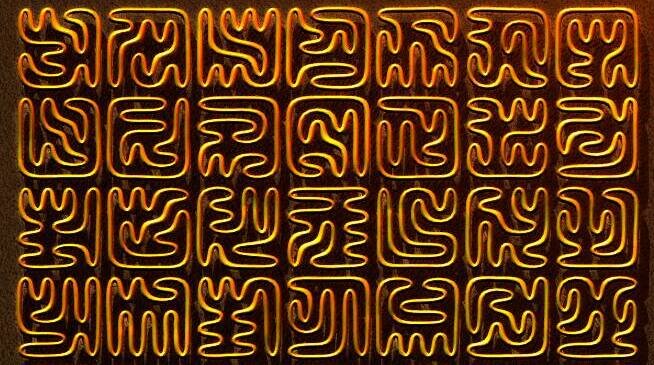Endless Variation: Asemic Glyphs and the Intimation of Infinity
The uniqueness of asemic writing is its ability to give specific impressions – to transmit meanings, concepts, and abstract notions through word-like characters. Semantically meaningless in essence but suggestive of meaning through its similarity to an actual writing system, these characters become open to a diversity of interpretations and imaginings. And as an art form,…
View Post
